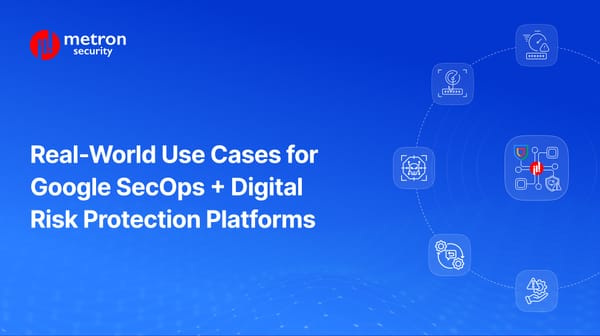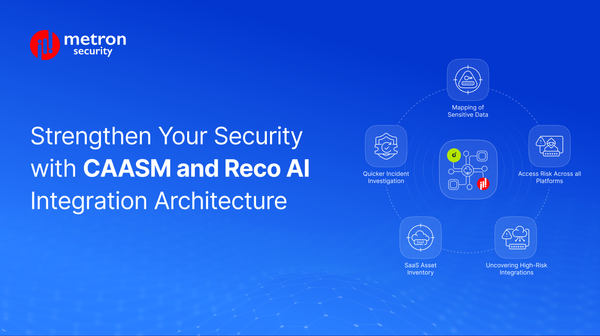Understanding XDR: Key Components of Extended Detection & Response
Take a closer look at the key components of XDR.
Anmol Jain

Extended Detection and Response (XDR) platforms offer a unified approach to security, correlating data from diverse sources to provide a comprehensive view of the threat landscape.
This approach hinges on several fundamental components:
- Data ingestion
- Data filtering
- Data parsing
- Response orchestration
- Reporting and visualization
Let’s discuss them in more detail.
Data Ingestion: The Foundation of Intelligence
At the heart of XDR is its ability to gather data from a multitude of security tools. This includes endpoint detection and response (EDR) solutions, security information and event management (SIEM) platforms, firewalls, identity providers, and more. By integrating seamlessly with these systems, XDR creates a unified data lake, serving as the bedrock for effective threat detection.
To ensure data quality and efficiency, XDR platforms often employ advanced techniques like agentless collection, API integration, and log ingestion. This diverse data intake empowers organizations to establish a comprehensive security posture and identify potential threats that might otherwise go unnoticed.
Data Filtering: Optimizing Efficiency and Storage
The sheer volume of data generated by modern IT environments can be overwhelming. To address this, XDR platforms incorporate sophisticated data filtering mechanisms. By carefully analyzing incoming data, these platforms can prioritize critical events, reduce noise, and optimize storage utilization.
Effective data filtering involves defining clear criteria for data retention, such as event severity, data type, and timeframes. Additionally, machine learning algorithms can be employed to identify patterns and anomalies, enabling the platform to automatically filter out irrelevant information. This process not only enhances performance but also reduces costs associated with data storage and processing.
Data Parsing: Transforming Data into Insights
Raw data, in its native format, is often difficult to analyze and correlate. To unlock its full potential, XDR platforms rely on robust parsing capabilities. Parsers convert data from various sources into a standardized format, making it suitable for analysis and correlation.
By normalizing data formats, XDR platforms can identify patterns, relationships, and anomalies across different data sources. This enables security analysts to gain deeper insights into threats, investigate incidents more efficiently, and prioritize responses accordingly. Advanced parsing techniques, such as natural language processing and machine learning, can further enhance the ability to extract meaningful information from complex data sets.
Response Orchestration: Turning Insights into Action
XDR goes beyond detection by offering automated response capabilities. When a threat is identified, the platform can initiate predefined actions to contain and mitigate the incident. This may involve blocking malicious IP addresses, quarantining infected endpoints, or isolating compromised systems.
To ensure effective response, XDR platforms often integrate with security orchestration, automation, and response (SOAR) solutions. This enables the automation of repetitive tasks, streamlining incident response processes, and accelerating remediation efforts. By automating routine actions, security teams can focus on higher-value activities, such as threat hunting and incident investigation.
Reporting and Visualization: Empowering Decision Making
XDR platforms provide comprehensive reporting and visualization capabilities. Interactive dashboards, customizable reports, and advanced analytics enable organizations to monitor their security posture, identify trends, and measure the effectiveness of their security programs.
By presenting data clearly and concisely, XDR platforms empower decision-makers to make informed choices. Key performance indicators (KPIs) and metrics can be tracked to assess the overall security health of the organization, identify areas for improvement, and demonstrate the value of the XDR investment.
Final Thoughts
These five components combine to create a powerful and effective XDR solution. By ingesting, filtering, parsing, responding to, and visualizing data, XDR platforms enable organizations to defend against cyber threats and protect their critical assets proactively.
Metron, a trusted partner for leading cybersecurity platforms, can help you integrate your security tools seamlessly - including XDR platforms.
Contact us at connect@metronlabs.com to see how we can elevate your security posture through powerful third-party integrations.









